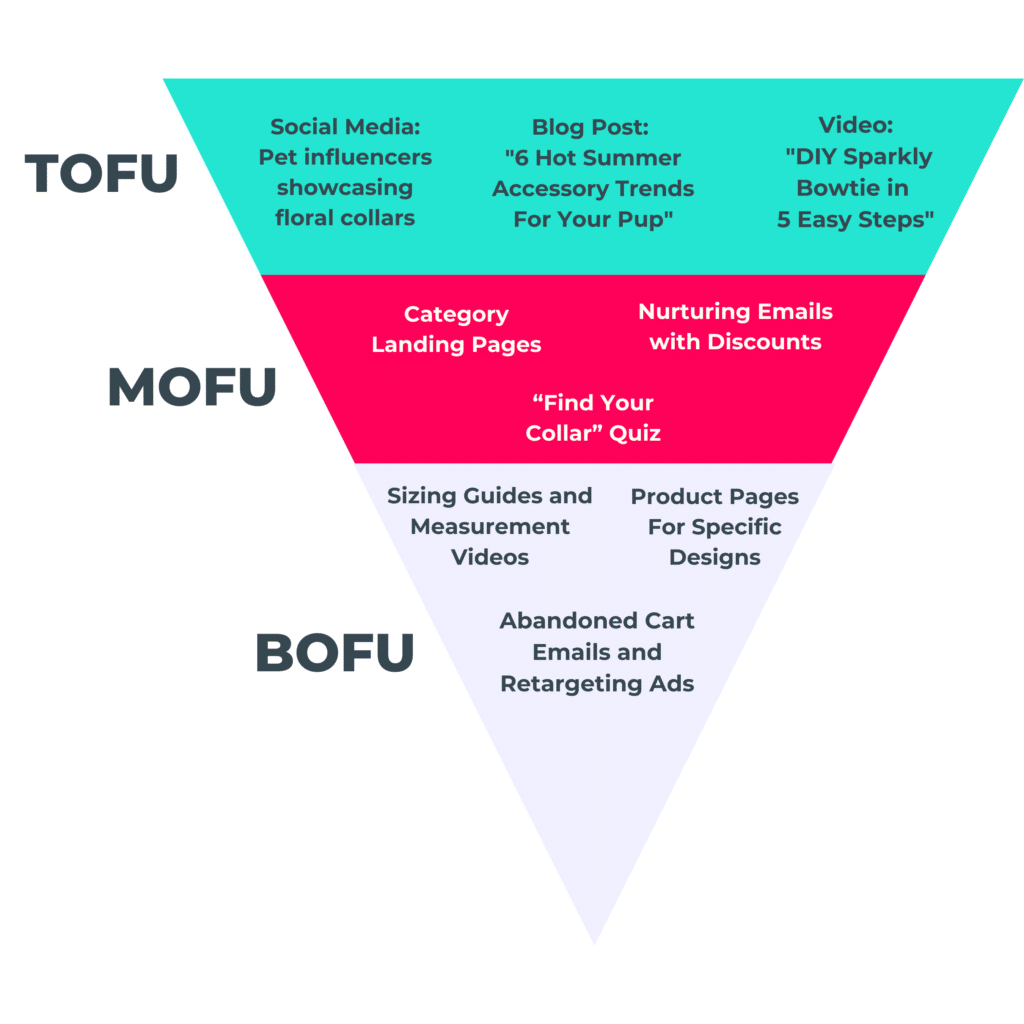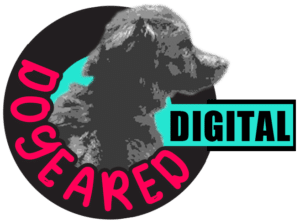It can be disheartening to launch content promoting a new offering, only to find sign-ups trickling in but sales staying stagnant. Where is it going wrong? Well, this sales-crushing disconnect can typically be chalked up to ineffectively leading prospects across the entire buying journey.
While awareness-building content grasps attention, it neglects specifics needed for consideration and, most importantly, conversion. Likewise, informational assets lack the value to directly motivate buying decisions. This highlights the need for an integrated strategy – which is exactly what content mapping provides.
What is Content Mapping & Why It Matters
Content mapping is a type of strategic planning process where you visually represent content you create and distribute across channels. This practice aligns topics and formats to each distinct buyer journey stage.
For marketers and small business owners, a content map brings much-needed structure to what often feels like chaos. It relays your overarching strategy at a glance to:
- Uncover gaps: Pinpoints where more content is needed to address neglected topics or underserved audiences.
- Prevent redundancy and wasted spend: Gives an easy snapshot of all current and upcoming content so you avoid repetition.
- Connect initiatives back to revenue goals: Links created content directly back to core objectives and metrics for tracking performance.
- Tailor efforts to various funnel stages: Allows you to customize messaging and content specifically to connect with visitors at each stage.
- Facilitate seamless collaboration across teams: Provides alignment for all teams on content goals and who is covering what areas.
Ultimately, the organized structure achieved through mapping helps you efficiently create compelling content that saves time, reaches buyers in a more targeted way, and accelerates conversions and revenue.
How to Align Your Content to Boost Conversions
With your handy content map in hand, you’re equipped to guide visitors into leads, and nurture leads into loyal customers through aligned content that meets buyers where they are.
Your content can be broken down into three stages of the buyer journey:
Top-of-Funnel Content (TOFU)
TOFU content raises initial awareness. Think blog posts, social media, and ads that attract potential interested visitors by informing them of your offering and USP.
This content should aim to capture attention in a crowded space, so you make sure you have compelling hooks that hit pain points and ask thought-provoking questions that resonate with buyers.
Mid-Funnel Content (MOFU)
MOFU content, including targeted landing pages and email nurturing sequences, aims to convert interested visitors into viable leads by capturing contact information in exchange for relevant offers.
To nurture consideration, this content should build trust and credibility by exploring specific use cases, thoughtfully answering common questions, and proving credibility through expert perspectives and customer validation.
Bottom-of-Funnel Content (BOFU)
BOFU content guides informed leads into confident customers ready to purchase through product demos, free trials, pricing page value communication, and other assets that motivate buyers to take action.
This content quantifies ROI, reassures buyers through guarantees, facilitates frictionless transactions, and proves the value your product for them specifically.
Example: Collar Couture
Let’s take a look at an example of a content map for a hypothetical company, Collar Couture, that sells accessories for dog collars:

Formats for Mapping Content Across the Buyer’s Journey
Now that you have a clear picture of your buyer’s journey in mind, you can start to consider which visual framework will effectively map out your integrated content strategy:
Buyer Persona Journeys
These templates chart the standard awareness, consideration and decision stages. Explicitly linking messaging and content types such as eBooks, product pages, and consultation requests to each phase provides alignment.
Mapping completed customer journeys also uncovers additional pain points to address across channels.
Editorial Calendars
A calendar view organizes themes, topics and specific content across quarters or months. Consistently filling this out supports sustained planning to meet production benchmarks.
It also ensures you have a diverse mix of educational and promotional content mapped to buying stages over time.
Content Gap Analysis
A grid reviewing existing content volume, performance metrics, and gaps at a granular level across products, personas and funnel stages quickly highlights exactly where more content is needed.
This builds data to justify expanding resources to fill gaps through new categories of content.
Content Audit Spreadsheets
Catalog all current content in a spreadsheet tracking crucial details like title, format, channel published on, topics covered, audience fit, and shareability allowing for an in-depth strengths and weaknesses analysis.
Regular audits help shape content ideation by revealing outdated or underperforming content to update or consolidate into newer, integrated offers.
Topic Clusters
Grouping content into “pillars” or clusters around related subjects reveals areas of redundancy or topics where consolidation makes sense.
This also shows content categories where resources should scale up based on performance or audience needs.
Media Mix Modeling
Media mix modeling assesses how different marketing channels impact results from your content strategy and investment. By attributing revenue and lead generation data back to content on owned, earned, and paid media, it shows returns driven per channel.
You can use these comparisons to guide future content creation and distribution to optimize spending on high-impact channels.
Quantifying Your Strategy
Beyond template visualization, key performance indicators for optimizing any content map include:
- Channel Performance – engagement rates, click through rates and conversion rates per channel
- Conversion Funnel Metrics – drop off percentages from visitors to leads and leads to customers
- Media Mix Modeling – accurately attributes content impact on revenue across paid, owned, and earned channels
Continual measurement allows for agility in doubling down on well-performing content while pulling back spending where returns lag.
Bring Order to Content Chaos Through Mapping
At its core, a thoughtful content mapping process constructs a clear path guiding buyers from initial awareness down to conversion and loyalty.
Structure and strategy converts, so put it into practice and see the conversions you’ve worked so hard for.

